What are Story Vines?!
I thought the same thing when I was introduced to the topic in our class readings this week. In short, Story Vines are long braided ropes with elements of the story attached to them in the order that the story takes place and “… are based on an old African tradition of storytelling and can be used to develop language and support reading and writing across the curriculum” (Bright, 2021, p. 91).
Steps to Create Your Own Story Vine
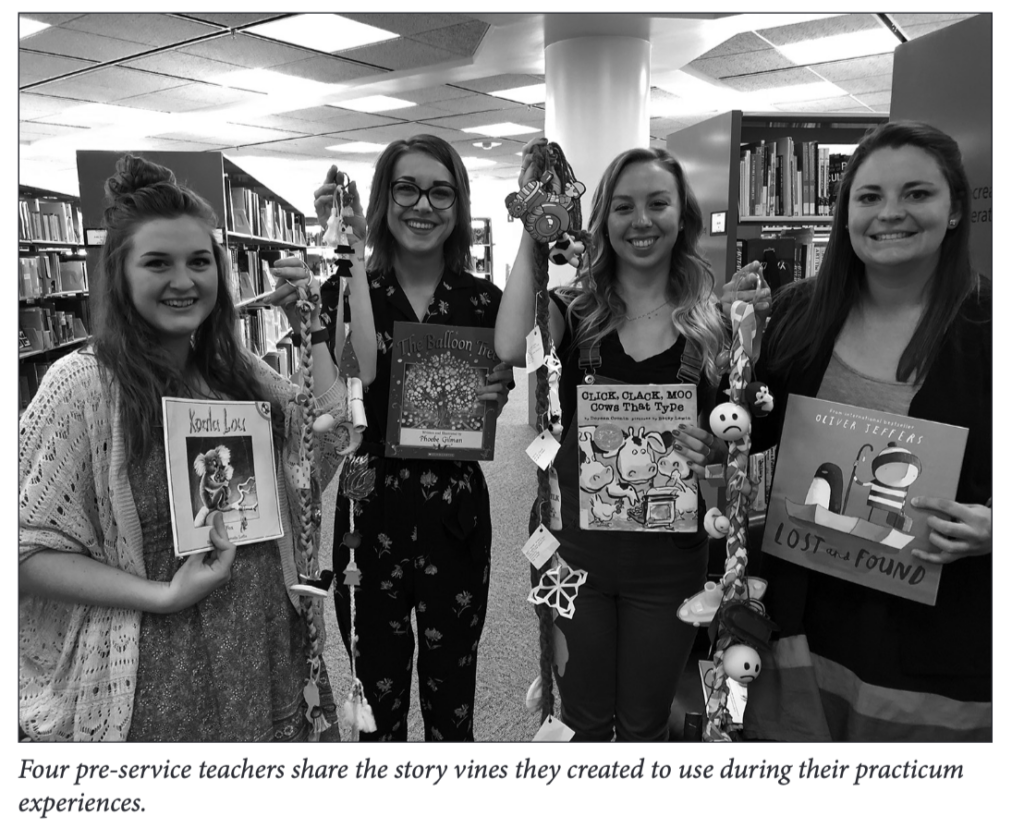
- Choose a story or allow students to do an independent project with their own story to create their Story Vine From.
- While reading, have students write down elements of the story as you go along.
- Give students nylon or yarn and have them cut multiple pieces of 1 metre long yarn.
- Tie a not at the top of the yarn and braid it. A helpful tip is to have students hold the braid between their knees or tie it to their desk to hold tension.
- Bring in a variety of art supplies the students can use to create the “elements” of the story with to add to their Story Vine (ie. pipe cleaners, painting supplies, felt, beads, eyeballs, modelling clay, glue gun, scissors, tape, beads ect..).
- Give students time to create the important elements of the story with the materials provided.
- Attach the elements to the Story Vine in the correct order with yarn or a glue gun.
- Have a presentation where students share their Story Vines to small groups or the class. This allows students to practice their fluency, retelling, and presentation skills.
- Put these wonderful creations up in your school to share with others!
Connection to the Curriculum
I honestly feel that Story Vines could be used in any grade, K-12. I am thinking of incorporating this into my grade 3 practicum short story unit so below are a few of the BC Curriculum connections I found:
English Language Arts Curricular Competencies:
CC1: “Use developmentally appropriate reading, listening, and viewing strategies to make meaning” (BC Curriculum, 2024).
CC2: “Recognize the structure and elements of story” (BC Curriculum, 2024).
CC3: “Exchange ideas and perspectives to build shared understanding” (BC Curriculum, 2024).
CC 4: “Plan and create a variety of communication forms for different purposes and audiences” (ie. oral storytelling) (BC Curriculum, 2024).
CC 5: “Explore and appreciate aspects of First Peoples oral traditions” (if the student is using a story written by and Indigenous author) (BC curriculum, 2024).
CC6: “Use oral storytelling processes” (BC curriculum, 2024).
English Language Arts Content:
C1: “Elements of a story” (BC Curriculum, 2024).
C2: “Reading strategies” (BC Curriculum, 2024).
C3: “Oral language strategies” (BC Curriculum, 2024).
C4: “Features of oral language” (BC Curriculum, 2024).
Cross-curricular Connections:
- Arts Education (creating the Story Vine and elements).
- Depending on the story itself, Story Vines could be tied into any other curricular area (ie. science, social studies, math, health, careers…).
Connections to the First Peoples Principles of Learning
As I was spending time researching information about Story Vines I came across a wonderful article of how one school used Story Vines to incorporate Indigenous Knowledge and stories into classrooms. Below is a screenshot of the beginning of this article from CBC:

This article shares a workshop led by Led by Renee McGurry, which introduced 15 teachers to the creation of Story Vines. Through this workshop, the Story Vines were seen as a way to connect people to different stories and cultures, specifically Indigenous Cultures. The teachers involved in this workshop expressed interest in incorporating Indigenous perspectives into their teaching and found the activity to be easily adaptable across different subject areas. Renee McGurry also shared her idea of allowing students to create story vines of their life that are continuously built on each year identifying important elements of their own story!
Connecting Story Vines to the First Peoples Principles of Learning came naturally. They truly foster that “Learning is embedded in memory, history, and story” (FPPL, 2024). I came across Jo Chron’s blog, an educator of “Ganhada (Raven) of Waap (House) K’oom of the Kitsumkalum First Nation, a Ts’msyen community in BC” (Chrona, 2024) who shares how teachers can foster this principle in the classroom. She provided the below list that I believe Story Vines could promote a lot of:

Implications for Classroom and School (from Jo Chrona) Include:
- “Using story and narrative to teach across curricular areas”.
- “Providing learners with opportunities to share their stories, and their voices”.
- “Understanding the oral tradition, as well as its value and legal implications in Canada”.
- “Providing learners with the opportunities to listen to and connect with the stories of others”.
- “Understanding that all education systems are constructs based on specific sets of cultural values; what is considered important to learn is based on sets of the cultural values in a particular context, including the place (land) where the learning occurs”.
- “Thinking critically about what we consider important for students to learn and about how we choose to structure their learning experiences”.
Example of My Own Story Vine
To sum up Story Vines, I wanted to share with you the one I created this week (my very first one!). It is based on the book “Paper Bag Princess” by Robert Munsch.
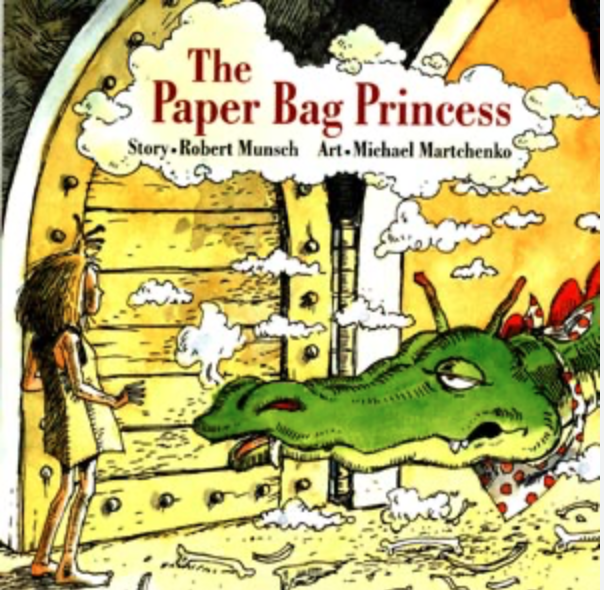
If you would like to hear the famous Robert Munsch tell his story please see the below video (he is very engaging to listen to!):
Below I will go through my own Story Vine and each element I decided to incorporate. If I were to do this again, I would be more creative in making my elements from more art supplies rather than printed photos I found.
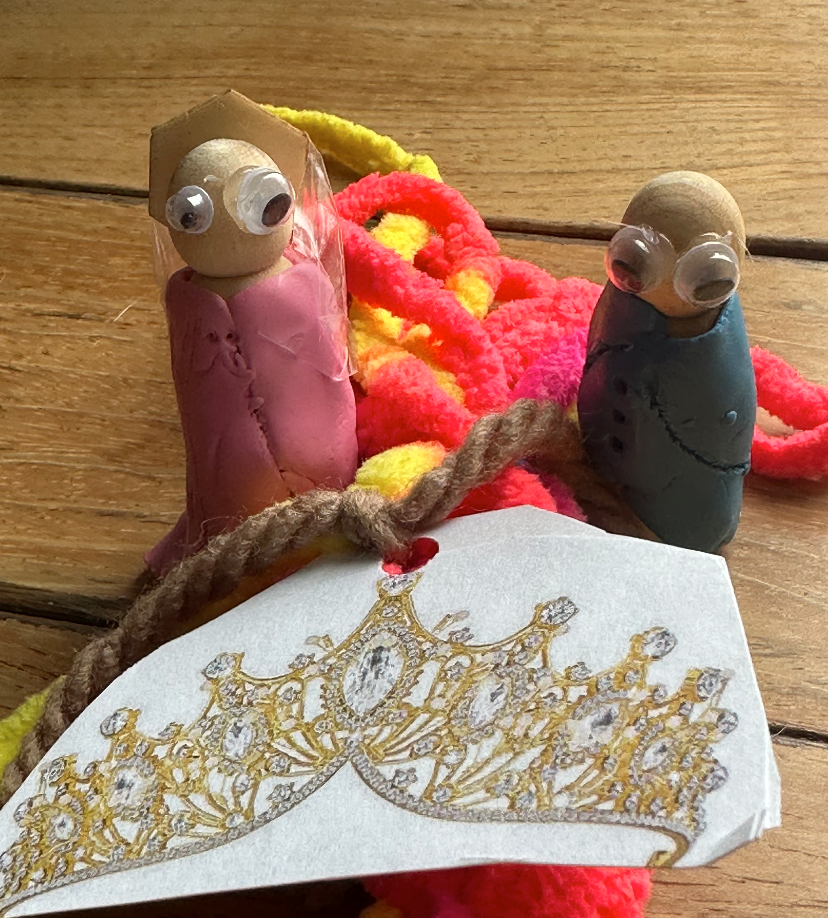
Element #1: Sculptures of princess Elizabeth and Prince Ronald, who were planning to get married until….
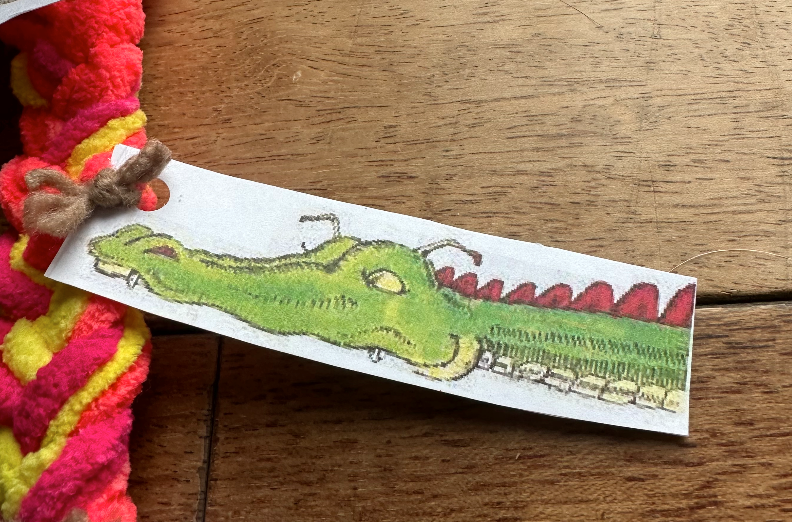
Element #2: One day a large dragon flew up and blew fire all over their castle ruining their home, possessions, and taking Prince Ronald away to eat him!

Element #3: Elizabeth knew she had to find the dragon to save her future husband Ronald but all of her clothes were burnt. She found a paper bag and decided to wear it!

Element #4: It was easy to follow the dragon’s trail as he left horse bones and burnt patches along the way.
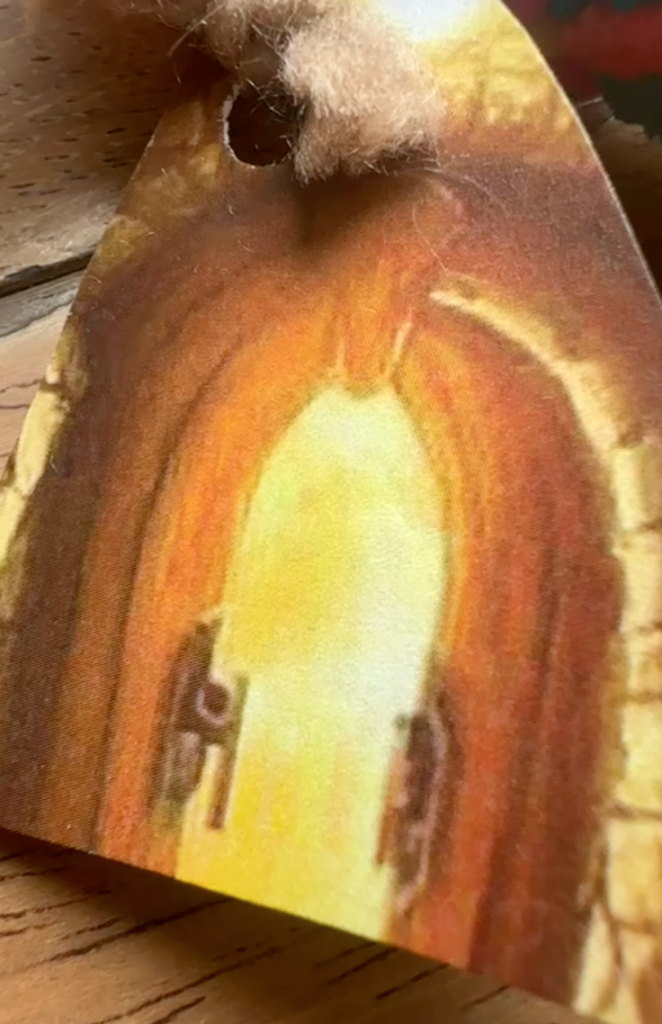
Element #5: Elizabeth eventually came upon a cave where she knocked on the door. The dragon opened the door and tried to scare Elizabeth away but she was persistent in saving Ronald. She schemed up a way to tire the dragon out and asked him first if it is true that he can burn down 5 whole forests.

Element #6: The dragon exclaimed, of course I can! He took one big breath and did exactly that, burnt down 5 forests! He took another breath and burned 100 forests. Finally, he took one more deep breath and …..
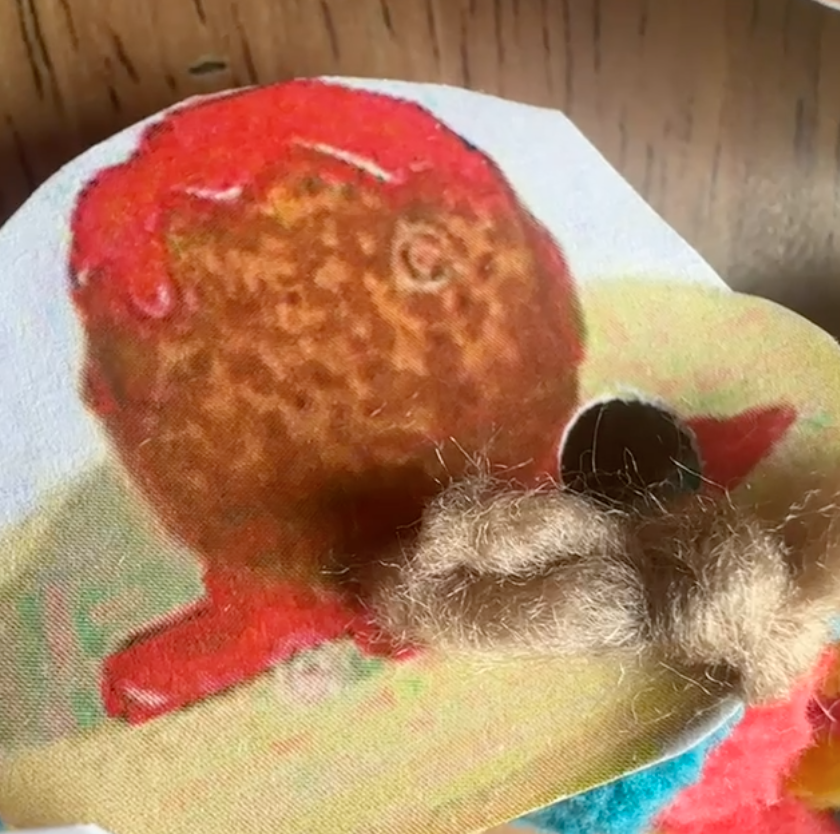
Element #7: The dragon didn’t even make enough fire to cook a single meatball!
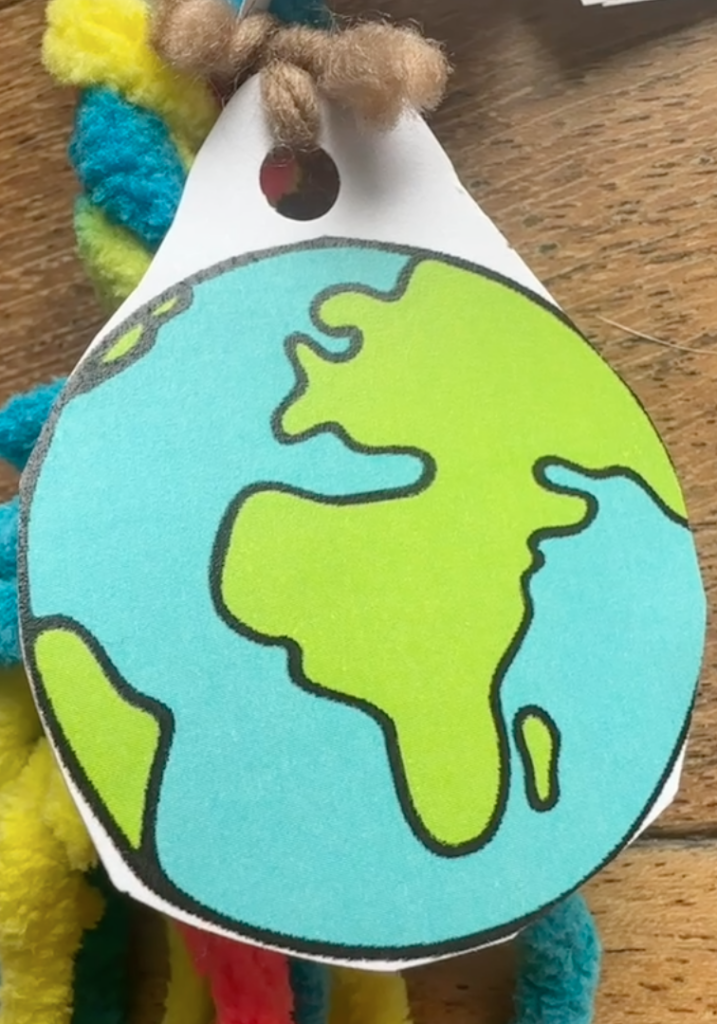
Element #8: Elizabeth then asked the dragon if it was true that he can fly around the entire world in just five seconds. The dragon did this twice and fell fast asleep. Elizabeth was unable to wake him.

Element #9: Elizabeth knows this is her chance to save Ronald. She sneaks into the dragons cave and finds him. But to her surprise Ronald does not even appreciate her efforts and scolds her for her dirty and smelly appearance.

Element #10: Although Ronald was still dressed and looked like a prince, Elizabeth realized that the person inside was a bum! They did not get married after all. Elizabeth jumped with glory into the sunset.
My Story Vine Completed
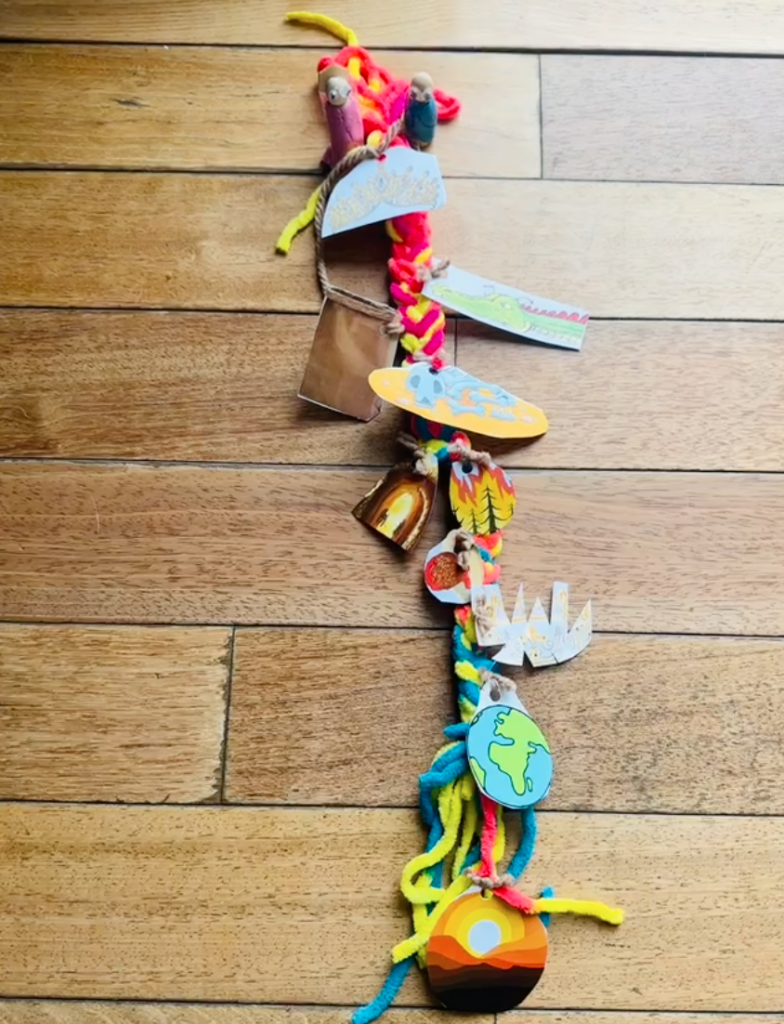
I loved this project because I am a kinesthetic learner. I cannot wait to try it with my own students in my upcoming practicum as a summative assessment for my Indigenous Short-Story Unit! I think they will be very engaged! I hope you found my example of a Story Vine helpful. Thank you for following along!
~Chelsea
References
Bright, R. M. (2022). Sometimes reading is hard: Using decoding, vocabulary, and comprehension strategies to inspire fluent, passionate lifelong readers. Hawker Brownlow Education.
Chrona, J. (2019, August 9). Learning is embedded in memory, history, and story. First Peoples Principles of Learning by Jo Chrona. https://firstpeoplesprinciplesoflearning.wordpress.com/learning-is-embedded-in-memory-history-and-story/
Curriculum. (n.d.-a). https://curriculum.gov.bc.ca/
First peoples principles of learning. First Nations Education Steering Committee FNESC. (n.d.-a). https://www.fnesc.ca/first-peoples-principles-of-learning/
Google. (n.d.-a). Google Images. https://images.google.com/
Munsch, R. N. (2022). The paper bag princess. Annick Press.
Munsch, R. (2019, December 21). Watch world-renowned storyteller Robert Munsch perform the paper bag princess. YouTube. https://www.youtube.com/watch?v=t1TYZ5xGJRM
Vidal, S.-L. (2019, March 2). Winnipeg teachers learn how to weave colourful fabric into stories | CBC News. CBCnews. https://www.cbc.ca/news/canada/manitoba/story-vines-winnipeg-1.5040107
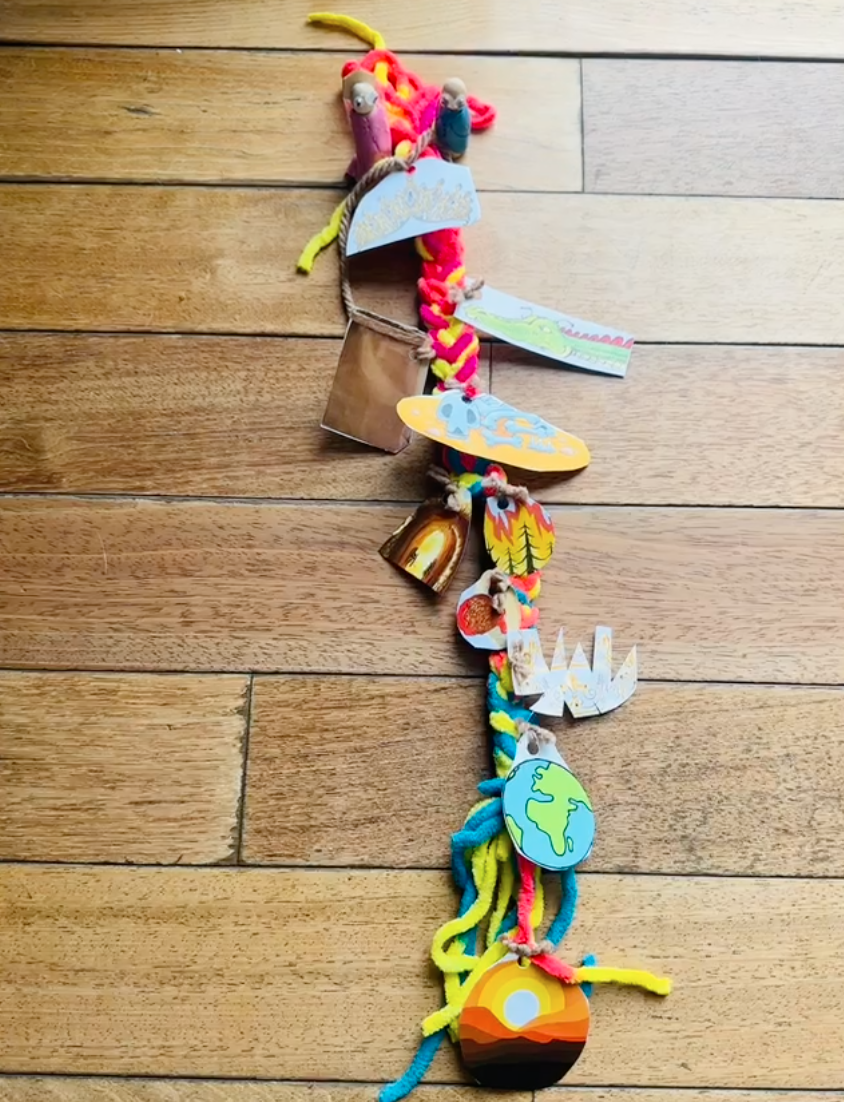
Leave a Reply
You must be logged in to post a comment.